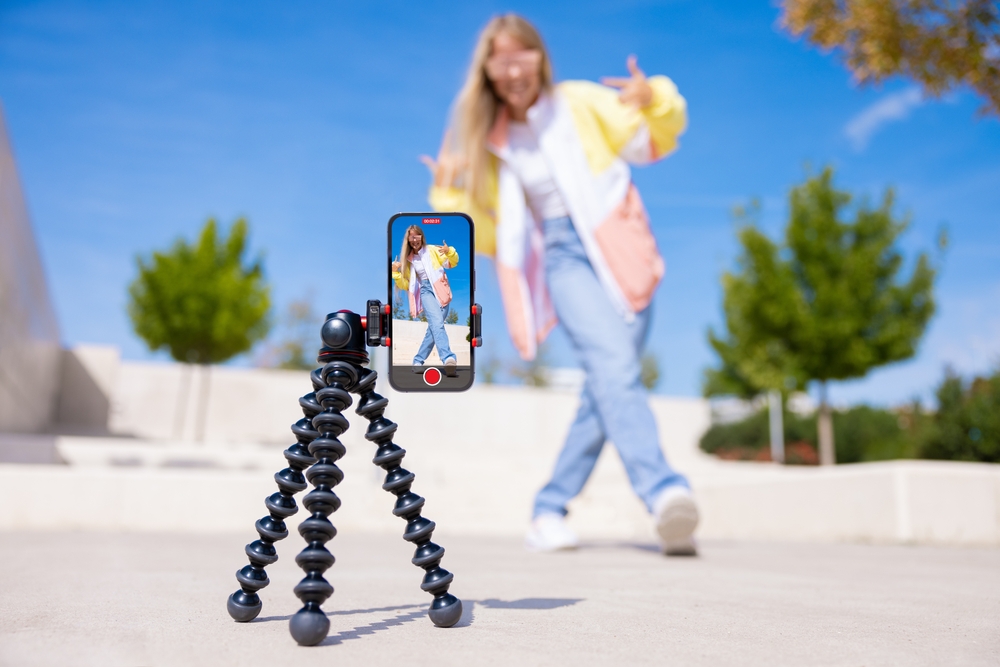Fashion has always been an evolving industry, influenced by cultural shifts, historical events, and technological advancements. Over the last ten years, nothing has been quite as influential as social media. Instagram, TikTok, and Pinterest are just some of the platforms that have transformed how fashion is consumed, shared, and even created. As a result, new trends present themselves faster than they ever have before, and this also affects our view of fashion and the operation of the industry. Whether it’s men’s bracelets or women’s cowboy boots, there are so many trending items that we have social media to thank for, and you can learn more about its impact below.
The Democratization of Fashion
Perhaps the most significant impact of social media on fashion is its democratizing effect. Before social media platforms, fashion trends were pretty much dictated by high-end designers, fashion editors, and elite fashion weeks in cities like Paris, Milan, and New York. As a result, the general public had limited access to these exclusive circles, meaning they had to wait for the trends to make their way to magazines and retail stores.
In this day and age, anyone with access to a smartphone (which is pretty much anyone) can become a fashion influencer. There’s no need for a formal background in fashion to gain a huge following and wield a great amount of influence over what others wear. Instead, influencers can just introduce their followers to niche brands, unique styles, and creative ways to mix and match pieces, resulting in a fashion that’s both accessible and personalized.
With a shift like this also comes a more diverse representation of style. After all, social media platforms allow for the showcasing of various body types, ethnicities, and personal styles, which challenge the industry’s traditional standards of beauty and fashion. Inclusivity like this resonates with audiences across the globe, pushing brands to mimic this diversity, which is a positive development for all involved.
The Rise of Fast Fashion and Micro-Trends
There’s nothing out there that’s quite as fast-paced as social media, and this means that fashion trends hit the market like nothing else. Previously, fashion trends lasted an entire season or even a whole year; however, they can now come and go within a matter of weeks. This rapid turnaround stems from viral content on TikTok and Instagram Reels – the downside to this is that fast fashion brands are able to make their clothes even more disposable. Since they can produce clothes so quickly, they can capitalize on the latest trends, and yesterday’s trends find themselves filling up landfills.
While it’s true that fast fashion has meant that fashion is now more accessible than it has ever been before, it has also led to a culture of overconsumption. Consumers are encouraged to constantly update their wardrobes to keep up with the latest trends, and this is why the fashion industry is now the second-largest polluter worldwide.
Fortunately, social media has also been effective in raising awareness about sustainable fashion, and many influencers and brands advocate for ethical practices and slow fashion.
The Power of Influencer Marketing
Influencer marketing is now key to the fashion industry, as brands are leveraging the reach and authenticity of social media personalities to promote their products. What sets this apart from traditional advertising is that it’s more personal and relatable, as influencers share products that they genuinely use and love with their followers. The authenticity of this kind resonates with audiences, meaning they’re more likely to purchase items that are endorsed by their favorite influencers.
So, there’s no escaping just how profound the impact of social media is on fashion.
Keep an eye for more latest news & updates on Newsbreak Blog!

